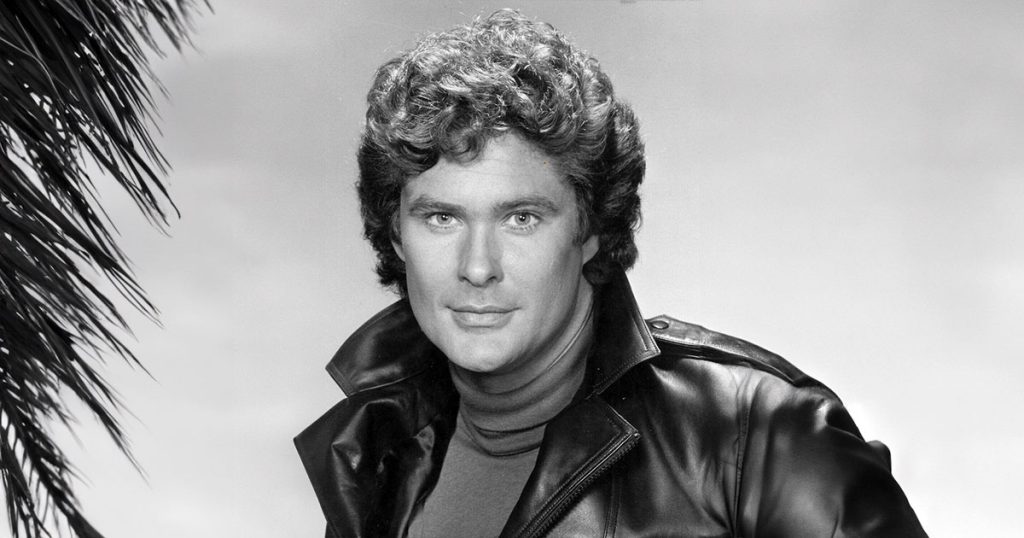Should you put a picture on your resume? Just forget about it—that’s the advice I’d give to any friend, colleague, or family member. You don’t need a photo, and it’s more likely to cause problems at both the screening and interview stages of candidate selection.
Even if you’re very good-looking, don’t do it. People can feel threatened by looks, especially when they haven’t met you in person. If you’re perceived as attractive, recruiters may start looking for your weaknesses. It’s better to present yourself as thoroughly professional and then pleasantly surprise interviewers with your physical attractiveness.
If you don’t consider yourself attractive, why include a photo on your CV or resume? It’s better to rely on charm during the interview without hurting your chances of getting one. This applies to your cover letter as well—there’s no need to attach a picture there.
Why Leave a Picture Off Your Resume?
Here are my top reasons why including a photo or picture on your resume is a bad idea.
1. It’s not the standard in many countries
In countries like the US, Australia, and the UK, adding a picture to your resume is uncommon and can make you seem unprofessional.
2. Recruiters will screen you out
Resumes are used for shortlisting, and a picture can give recruiters an easy excuse to reject you based on appearance rather than your qualifications.
3. A photo makes you look lightweight
Including a picture can make you seem more concerned with how you look rather than your abilities, which might give the impression of vanity or superficiality.
4. Leave first impressions for later
If your appearance in person doesn’t match your picture, it can lead to a poor first impression. It’s better to focus on your skills and leave appearance out of the equation.
5. Recruiters can find pictures of you
If a recruiter really wants to know what you look like, they can easily find pictures of you online through social media or professional networks like LinkedIn. There’s no need to put one on your resume.
6. Getting rejected will hit harder
If you don’t get a response after including a photo, it may feel more personal, making the rejection sting more.
7. Space wasted on the resume
A picture takes up valuable real estate that could be better used for showcasing your skills, experience, and achievements.
8. Avoid outdated hiring practices
Many employers view photos on resumes as outdated, and including one can make you seem out of touch with modern recruitment standards.
9. Hiring systems might reject you
Applicant tracking systems (ATS) are text-based and may reject resumes with images, meaning your application might not even make it to human eyes.
Rare Exceptions

In some industries, having a photo on your resume is appropriate and even expected. Jobs in fields like modeling, acting, and media often require a specific look or presence. Employers want to see your appearance upfront. In these cases, a high-quality photo may help show you fit the role.
When photos are appropriate
For modeling and acting, your appearance is tied to the job requirements. Hiring managers or casting agents need to assess your look before inviting you for an interview or audition. In media roles, especially on-screen positions, how you present yourself can also be part of the role itself.
Tips on optimizing your photo
If you need to include a photo, have it professionally taken.
- Use a clear, well-lit headshot with a neutral background.
- Wear clothing that reflects the industry standard.
- Make sure your expression is confident and approachable.
- For roles where personality shines through, a natural smile is often best.
Consider a link to an online gallery
In some cases, especially for modeling and acting, a link to an online portfolio or gallery might be more effective. Recruiters or agents can view a broader range of your looks or performances without cluttering your resume.
An online gallery also gives you the flexibility to update your images regularly without needing to resubmit your resume.
For example, you could include a simple line like:
For professional images and my full portfolio, visit [YourPortfolioLink].
